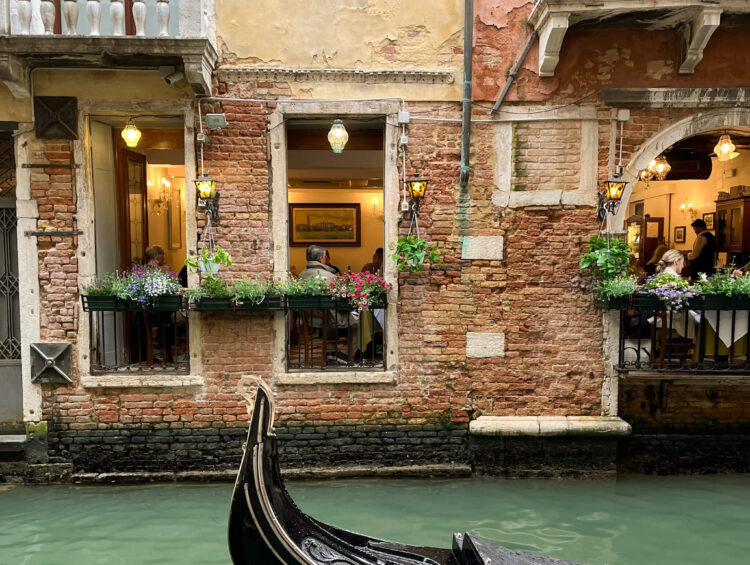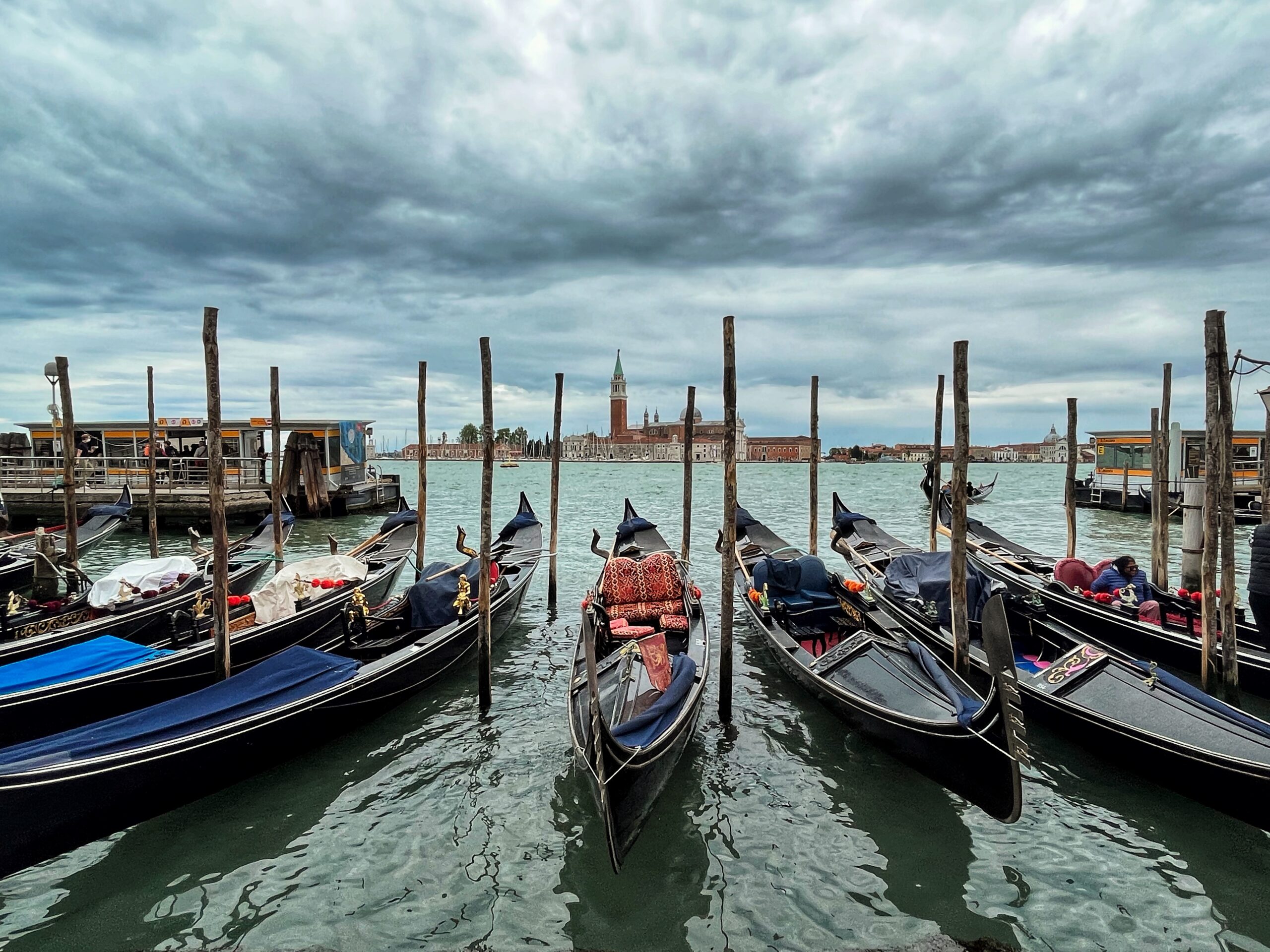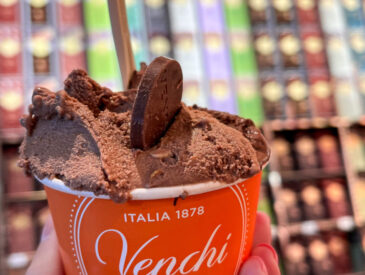What to Drink in Venice: Here’s a Spirited Guide Sips, Spritzes & Local Secrets
If there’s one thing I’ve learned after visiting Venice a bunch of times (mostly during my stretch living in Italy), it’s this: Venetians know how to drink well. From classic cocktails with centuries of history to sparkling spritzes served in sunny piazzas, the city has a drinking culture that’s elegant, unbothered, and just a little bit mysterious.
And it’s not just about the Aperol Spritz (which slap and we love them), but the city has its own lineup of legendary drinks, many of which you won’t find splashed across Instagram. Some are refreshing, some are bold, and a few are still flying under the radar.
In this post, I’m pouring out everything you need to know about what to drink in Venice, including famous Venetian drinks, local favorites, and exactly where to to find them. Whether you’re planning your first gondola ride or just daydreaming from your couch, this guide will help you raise a glass to the magic of La Serenissima—cheers to that.
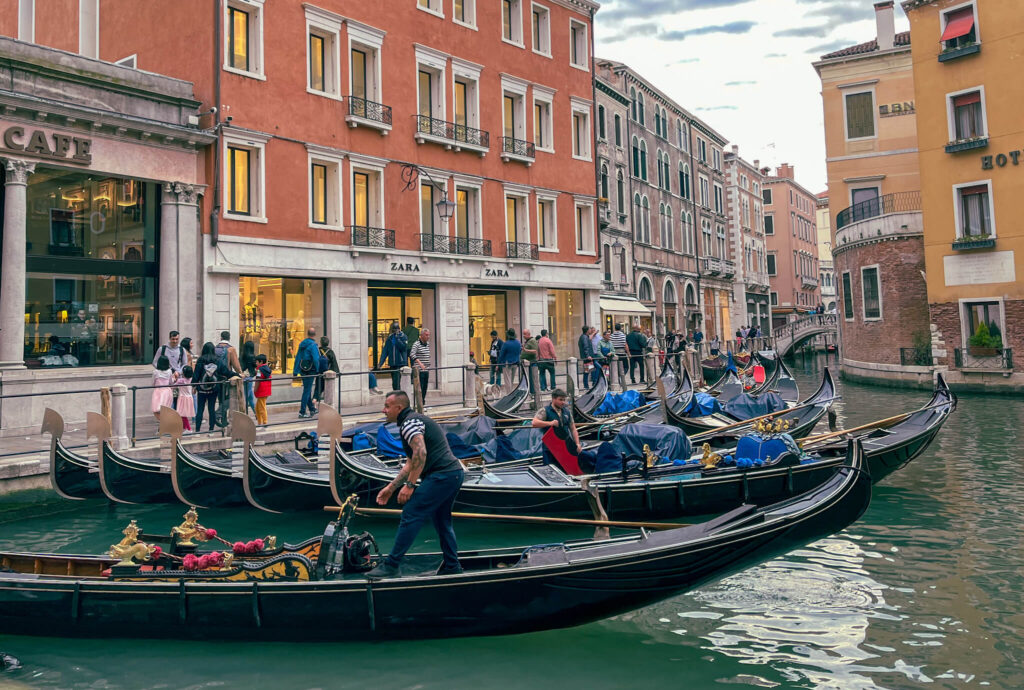
More Venice Travel Guides:
- Food you must try in Venice
- Helpful Venice Travel Tips
- Venice hidden gems
- Best things to see in Venice
- Venice Packing List
- Stuff I pack to be prepared and comfortable on any trip
🍷 Embracing the Venetian Drinking Culture
In Venice, drinking is as much about the experience as it is about the beverage. A local custom is to indulge in an ombra, a small glass of wine, accompanied by cicchetti, bite-sized small plates. This tradition, like Italian hor d’oeuvres or Spanish tapas, makes time for reflecting on your day and to catch up with friends, big values of the Venetians.
🗺️ Navigating the Bacari: Venice’s Wine Bars
Make sure you check out the bacari, to really experience Venetian drinking culture. They’re traditional wine bars where you can sample a variety of local wines, Spritzes, and cicchetti in a cozy, authentic setting. They’re pretty common and you can find them all over the city. If you’re interested in a true Venetian icon, check out Cantina Do Mori, one of the original taverns in Venice, and Cantina Do Spade, well known for it’s cicchetti.
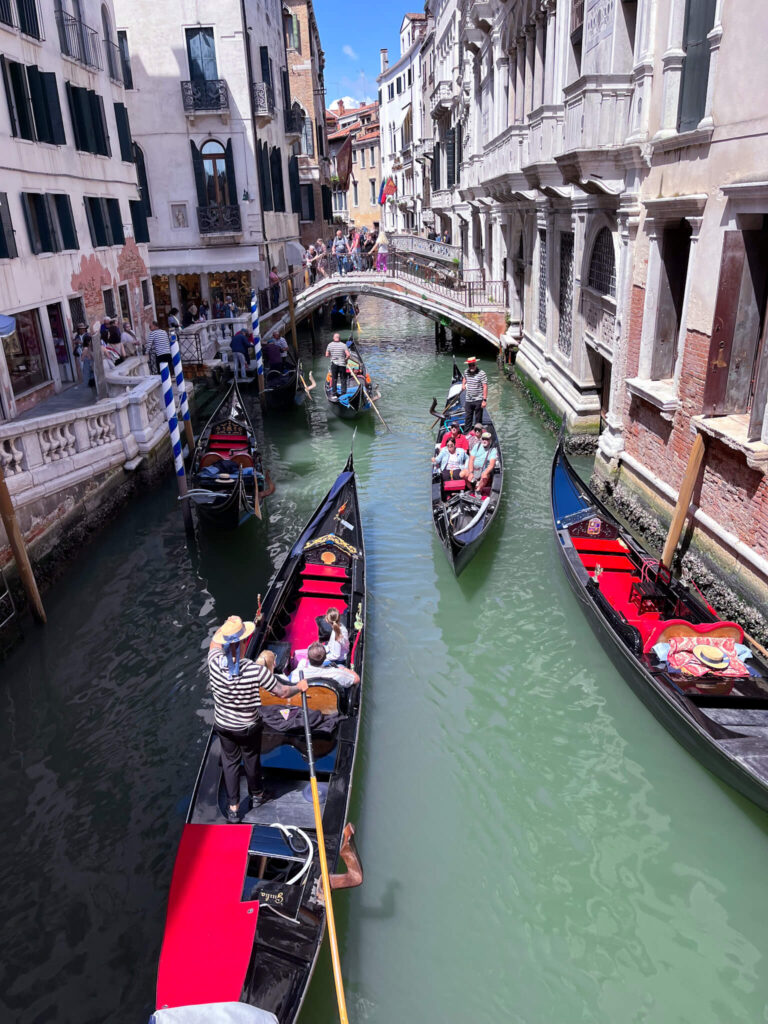
🥂 Prosecco: The Sparkling Star
Everyone’s heard of Prosecco, it’s likely one of the most famous drinks in Venice. This sparkling white wine is made in the Veneto region of Italy, of which Venice is the major city. Prosecco comes from Glera grapes, imparting a light, fruity, finish, so it’s a favorite base for fizzy cocktails like the Spritzes or a Bellini. Prosecco can be made in 3 levels of fizzieness: Spumante is the most common and most bubbly. You can also drink it as a frizzante, meaning lightly bubbly, or even tranquillo, meaning completely still, and literally means calm in Italian.
🍹 Spritzes: The Venetian Aperitivo
Spritzes are a beloved cocktail based on sparkling white wine (usually Prosecco) and club soda. They were born in the Veneto region of Northeast Italy. The practice is said to originate during the occupation of the Austro Hungarian empire. The accepted story is that soldiers would dilute their “strong Italian wine” (HA!) with a splash of water. The name Spritz, comes from the German word spritzen, meaning a splash (so delicate 💁♀️).
Fortunately for us, the habit evolved to include club soda and a bitter herbal liqueur (also from this region). Now we can enjoy this very refreshing Prosecco cocktail all summer long, or more traditionally before dinner to stimulate appetite and aid digestion.
Aperol Spritz
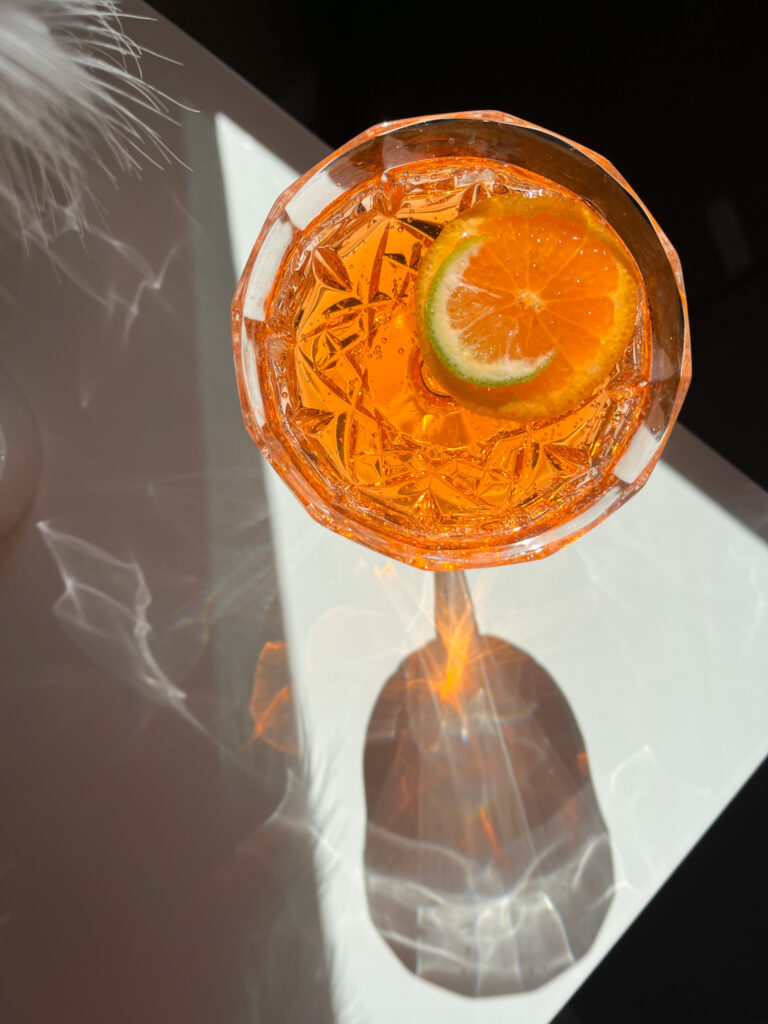
Surely you’ve noticed that Aperol has taken the world by storm. You can’t be anywhere in Italy (anywhere in Europe really) with your eyes open and not see Aperol everywhere. We even saw Aperol themed cruises in Amsterdam and Copenhaegan— which honestly looked like a great time (didn’t go, would still recommend). On brand, Aperol is also all over Venice as well. Light, refreshing, and a soul-satisfying shade of orange, enjoy this cocktail on a patio overlooking a canal settle into that perfect dreamy feeling of being in Venice (swoon).
However, before the Aperol spritz enchants you beyond saving, let’s talk about other spritz varieties.
Hugo Spritz
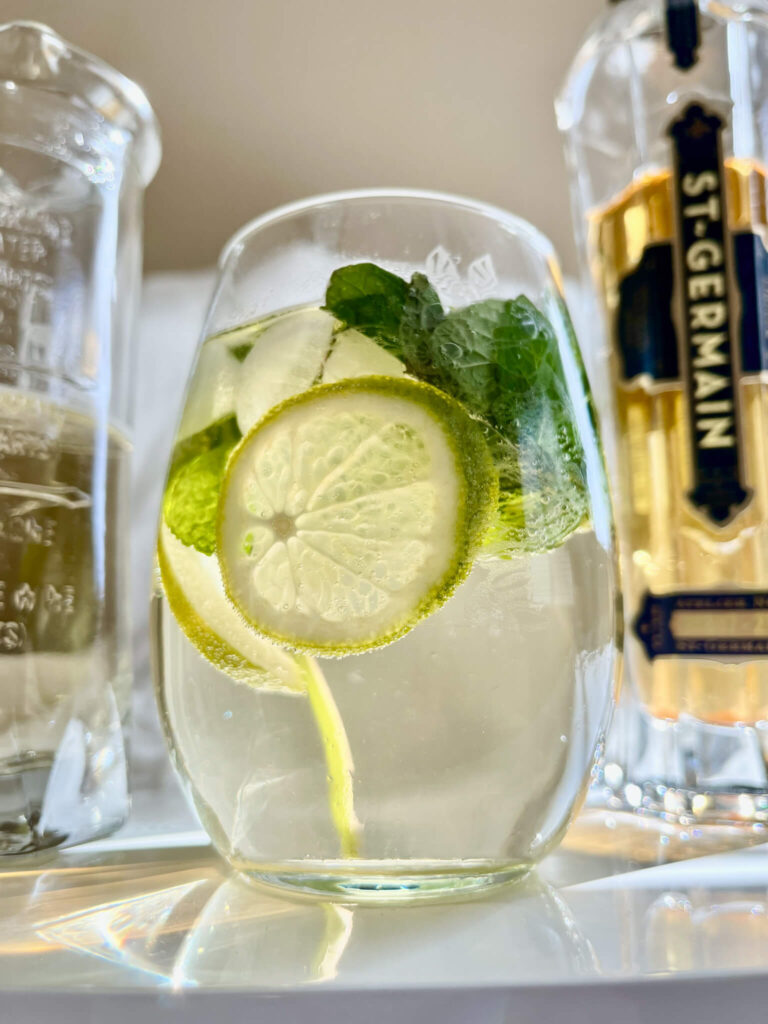
1st up is the Hugo Spritz because it’s also rapidly gaining popularity. It’s pronounced oooo go, the H is silent, and now you can order this drink with your pinkies up. It’s made with an Elderflower liqueur (like St. Germaine), flowers that grow abundantly around the Alps in the Alto Adige region of Italy and is known as the home of the Dolomites.
The Hugo spritz is traditionally served with mint and lime, and the flavor profile sweet and floral. It’s much different than the insta-famous Aperol Spritz, which has some bitter, herbal notes from the amaro liqueur. I love these cocktails and highly recommend trying some while you’re in Italy.
Select Spritz
The Select spritz replaces Aperol with an amaro called Select and made directly in Venice. It’s slightly less sweet but similar in taste to Aperol— very local drink, and many bars carry it.
Cynar Spritz
Likewise, Cynar spritz uses the amaro called Cynar— and this curious liqueur is made from roots, herbs and artichoke!! That’s why there’s an artichoke on the bottle’s label. Some people describe the taste as “vegetal” and TBH I don’t think that captures it. It’s highly distinct and tastes more like an unsweetened root beer than anything green- it’s interesting. You can also try it as a cordial or in soda water with an orange slice. Either way, this drink is off the beaten path from the more famous drinks in Venice, like Aperol and Prosecco.
Cinaco Spritz
Here’s a real wild card for you adventurous foodies. Have you heard of Cinaco? This is another amaro made in Venice. While some people hastily describe Cinaco as a cinnamon liquor, it has a complex flavor profile coming from ginger, rhubarb and cinnamon. Therefore, you can’t really make Cinaco based cocktails with a substitute; it’s very distinct. And niche. Try a Cinaco Spritz, it’s typically served with mint and lime. It’s very Venetian; the word translates to “cynical” in Italian- and that’s the vibe. This drink has a big personality.
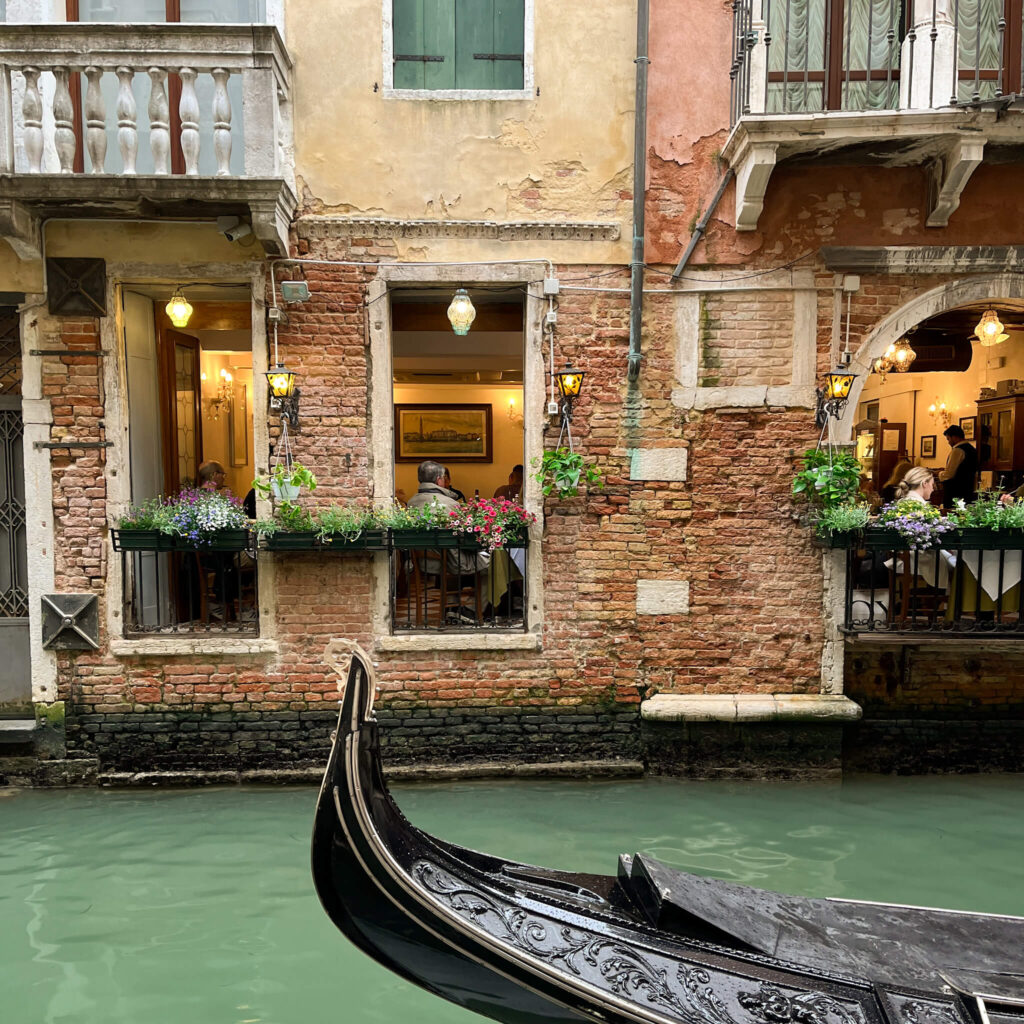
🍓 Fragolino: The Forbidden Fruit
This is a highly distinct, fruity red wine that is produced in the Veneto region of Italy. It’s delicious, so unique due to the distinct terroir with strong notes of strawberries. Fragolino means little strawberry in Italian (cute!!). However, this wine is illegal to distribute. Why? Legend has it that the grapes used to make this wine, the Isabella varietal, will cause a methanol contamination in the finished product. So, the EU has tight regulations on the production and sales of Fragolino.
To be clear, methanol is toxic and you should not drink it. Yet, claims of methanol traces in this type of wine are actually unconfirmed, and there’s some controversy surrounding the issue. But now you can make informed decisions about sampling this wine.
You can find this wine produced in small batches and private vinters. It’s possible to find bottles in wine shops around the island and even around the rest of Italy, which is even more rare. There’s also a trend for knock off or imitation Fragolino, unfortunately sweetened with artificial strawberry flavors and of course aren’t even close to authentic Veneto Fragolino, but a cheaper, sweeter product.
🥃 Grappa: Incendiary Poison The Digestive Powerhouse
Grappa is WILD! This a spirit produced in Northern Italy from the grape scraps left over from wine making (it’s called a pomace, or vinace). This pulp can be fermented again, and what’s distilled from it is a strong liquor called grappa. You can find little bottles in souvenir shops and stores all over Venice.
What does it taste like? Absolutely nothing like wine, but some people (not me) describe the spirit as floral and fruity. Grappa can be aged in wooden barrels, and these varieties are described to have caramel or vanilla notes; I describe it as poison.
In my opinion, a sip of straight grappa tastes like it was brewed in a witches cauldron and could melt off all of your teeth, but maybe I’m just weak? It’s usually consumed before meals, to stimulate digestion. But because it’s potent — up to 65% alcohol — it’s best sipped slowly and in small quantities. (Ooohhh, I see where I went wrong).
🍑 Bellini: A Toast to Art and Flavor
Another famous Venetian drink is the Bellini- a delicious Prosecco based drink with peach puree and a dash of raspberry juice. The peach base is made from the white peaches that grow well in the Veneto region. The drink was invented in Venice short after WW2, for a patron who loved these peaches, as the story goes—which I find entirely believable because they’re honestly SO GOOD. In fact, if you bypass a fruit stand you should 100% grab some of these fresh white peaches 😋.
You can still visit the bar where the bellini was born: Harry’s Bar is still famously serving up the cocktails in the heart of the city- a few steps from Piazza San Marco. However….I wouldn’t necessarily recommend eating here, because it’s expensive, serves dishes you can get anywhere and …it’s not actually that pretty. If you’re wondering where to drink fancy cocktails in Venice, try the Caffè Dei Frari or the Arts Bar
🍸 Final Sip: Savoring Venice, One Drink at a Time
So, what’s the takeaway here? I mean, besides a global phenomenon of Aperol Spritz, the gateway to bitter liqueurs? Venice is a floating fairytale of canals and gondolas, but it’s also a city with a culture of distinct that extends to their local libations. From the crisp fizz of a Select Spritz in a rustic tavern, or the to the gut rot warmth of grappa after dinner, Venetian drinks are as distinguished and classic as the city itself.
The beauty of drinking in Venice is that it’s not about excess, it’s about atmosphere. The clink of glasses echoing off marble bridges, the soft lapping of water nearby, the way a Hugo Spritz just hits different when you’re people-watching in Cannaregio.
Whether you’re a first-time visitor or back for your third or fourth round (me🙋♀️), keep this in mind: drink what the locals drink, linger longer than you think you should, and don’t be afraid to try something that sounds gross or you can’t pronounce.
Because if you ask me? Venice isn’t just something to see—it’s something to savor.

